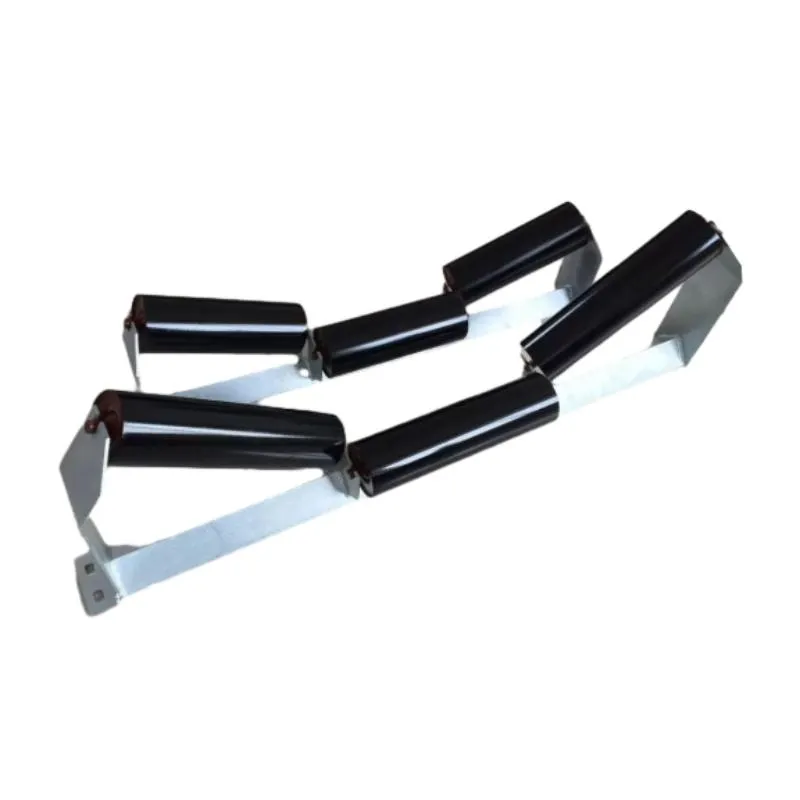 Afrikaans
Afrikaans  Albanian
Albanian  Amharic
Amharic  Arabic
Arabic  Armenian
Armenian  Azerbaijani
Azerbaijani  Basque
Basque  Belarusian
Belarusian  Bengali
Bengali  Bosnian
Bosnian  Bulgarian
Bulgarian  Catalan
Catalan  Cebuano
Cebuano  Corsican
Corsican  Croatian
Croatian  Czech
Czech  Danish
Danish  Dutch
Dutch  English
English  Esperanto
Esperanto  Estonian
Estonian  Finnish
Finnish  French
French  Frisian
Frisian  Galician
Galician  Georgian
Georgian  German
German  Greek
Greek  Gujarati
Gujarati  Haitian Creole
Haitian Creole  hausa
hausa  hawaiian
hawaiian  Hebrew
Hebrew  Hindi
Hindi  Miao
Miao  Hungarian
Hungarian  Icelandic
Icelandic  igbo
igbo  Indonesian
Indonesian  irish
irish  Italian
Italian  Japanese
Japanese  Javanese
Javanese  Kannada
Kannada  kazakh
kazakh  Khmer
Khmer  Rwandese
Rwandese  Korean
Korean  Kurdish
Kurdish  Kyrgyz
Kyrgyz  Lao
Lao  Latin
Latin  Latvian
Latvian  Lithuanian
Lithuanian  Luxembourgish
Luxembourgish  Macedonian
Macedonian  Malgashi
Malgashi  Malay
Malay  Malayalam
Malayalam  Maltese
Maltese  Maori
Maori  Marathi
Marathi  Mongolian
Mongolian  Myanmar
Myanmar  Nepali
Nepali  Norwegian
Norwegian  Norwegian
Norwegian  Occitan
Occitan  Pashto
Pashto  Persian
Persian  Polish
Polish  Portuguese
Portuguese  Punjabi
Punjabi  Romanian
Romanian  Russian
Russian  Samoan
Samoan  Scottish Gaelic
Scottish Gaelic  Serbian
Serbian  Sesotho
Sesotho  Shona
Shona  Sindhi
Sindhi  Sinhala
Sinhala  Slovak
Slovak  Slovenian
Slovenian  Somali
Somali  Spanish
Spanish  Sundanese
Sundanese  Swahili
Swahili  Swedish
Swedish  Tagalog
Tagalog  Tajik
Tajik  Tamil
Tamil  Tatar
Tatar  Telugu
Telugu  Thai
Thai  Turkish
Turkish  Turkmen
Turkmen  Ukrainian
Ukrainian  Urdu
Urdu  Uighur
Uighur  Uzbek
Uzbek  Vietnamese
Vietnamese  Welsh
Welsh  Bantu
Bantu  Yiddish
Yiddish  Yoruba
Yoruba  Zulu
Zulu conveyor training idlers
Understanding Conveyor Training Idlers An Essential Component for Efficient Material Handling
In the realm of industrial material handling, conveyor systems play a vital role in ensuring that goods move seamlessly from one point to another. Among the various components that make up these systems, conveyor training idlers are crucial for maintaining efficiency and productivity. This article will delve into what conveyor training idlers are, their importance, types, and the best practices for their maintenance and use.
What Are Conveyor Training Idlers?
Conveyor training idlers are specialized rollers that are designed to keep conveyor belts aligned and on track. Positioned along the conveyor system, these idlers help prevent the belt from drifting off-center during operation. By ensuring that the belt runs properly, training idlers contribute to the overall efficiency of the material handling process, reducing downtime and minimizing wear and tear.
Importance of Conveyor Training Idlers
The significance of conveyor training idlers cannot be overstated. When a conveyor belt misaligns, it can lead to a host of issues, including
1. Increased Wear and Tear A misaligned belt can wear down faster, resulting in higher replacement costs and increased maintenance needs. 2. Reduced Efficiency If the belt is off center, it will not operate at its optimal performance level, leading to decreased productivity.
3. Increased Energy Consumption A misaligned conveyor requires more energy to operate, which can significantly increase operational costs.
4. Safety Hazards An improperly aligned belt can cause materials to spill out, creating safety risks for employees and potential damage to equipment.
By using conveyor training idlers effectively, businesses can mitigate these issues, ensuring that their conveyor systems function efficiently and safely.
Types of Conveyor Training Idlers
Conveyor training idlers come in various configurations, each designed for specific applications. The main types include
1. Adjustable Training Idlers These idlers can be adjusted to provide greater or lesser friction, allowing for fine-tuning based on the specific requirements of the conveyor system.
conveyor training idlers

3. Return Idlers Placed beneath the conveyor belt, return idlers help ensure that the belt remains aligned as it returns to the start of the conveyor system.
4. Heavy-Duty Idlers Used in applications involving bulky or heavy materials, these idlers are constructed from stronger materials to withstand greater stress without losing alignment.
Best Practices for Maintenance and Use
To maximize the effectiveness of conveyor training idlers, businesses should adhere to certain best practices
1. Regular Inspections Conduct routine checks on all components of the conveyor system, including training idlers. Look for signs of wear and misalignment that could indicate potential problems.
2. Proper Installation Ensure that training idlers are installed according to manufacturer guidelines. Misalignment during installation can lead to ongoing issues.
3. Adjustments and Calibration Regularly adjust and calibrate training idlers as needed to ensure they are performing optimally.
4. Material Compatibility Choose the right type of training idler for the materials being transported. Heavy materials might require more robust idlers, while lighter loads might not.
5. User Training Train personnel on the importance of conveyor training idlers and how to detect signs of misalignment or wear. Educated operators are key to prolonging the life of conveyor systems.
Conclusion
In conclusion, conveyor training idlers are essential for the smooth operation of conveyor systems. By keeping belts aligned and operational, they play a crucial role in enhancing efficiency, safety, and longevity of the equipment. Understanding their functionality, types, and the importance of maintenance helps businesses to optimize their material handling processes, ultimately leading to increased productivity and reduced operational costs. Whether in manufacturing, logistics, or any other field that relies on conveyors, prioritizing the use of training idlers can yield significant benefits.
-
Revolutionizing Conveyor Reliability with Advanced Rubber Lagging PulleysNewsJul.22,2025
-
Powering Precision and Durability with Expert Manufacturers of Conveyor ComponentsNewsJul.22,2025
-
Optimizing Conveyor Systems with Advanced Conveyor AccessoriesNewsJul.22,2025
-
Maximize Conveyor Efficiency with Quality Conveyor Idler PulleysNewsJul.22,2025
-
Future-Proof Your Conveyor System with High-Performance Polyurethane RollerNewsJul.22,2025
-
Driving Efficiency Forward with Quality Idlers and RollersNewsJul.22,2025





























